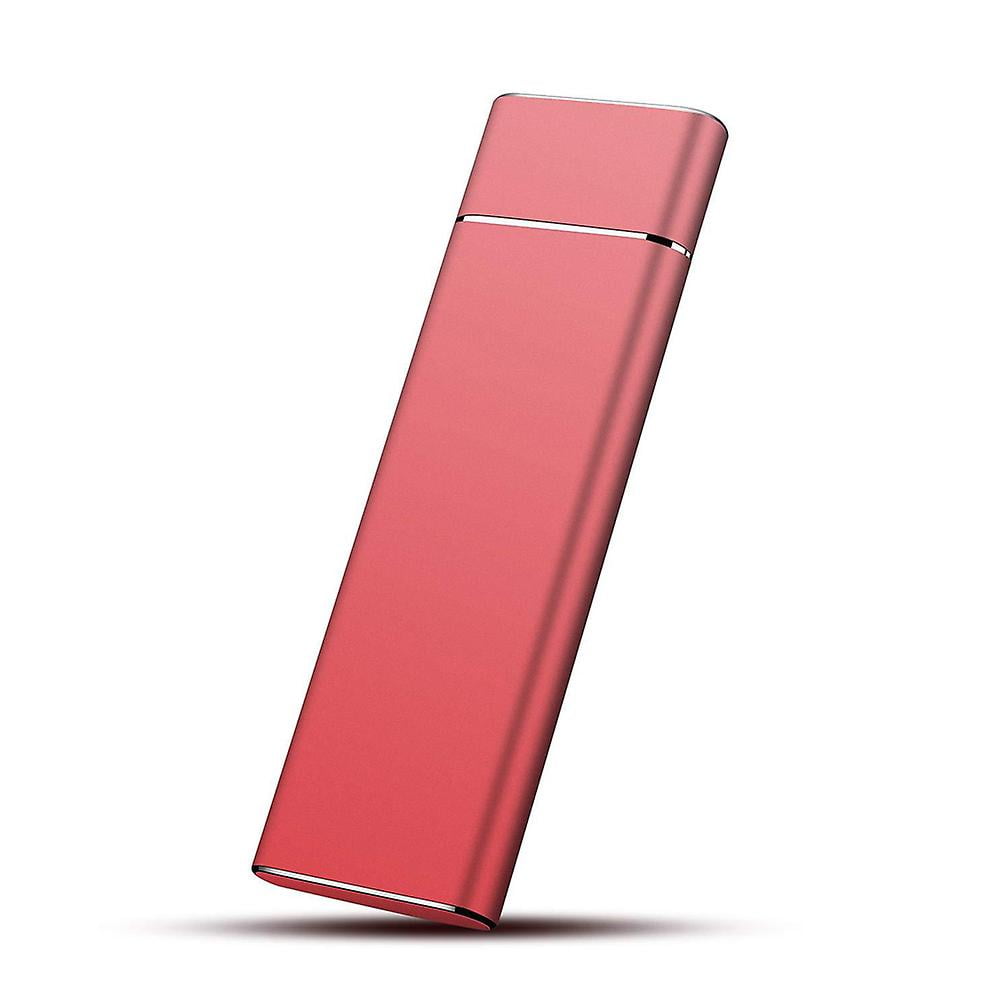
Always click the Eject button on the Finder Sidebar next to the drive icon. It’s never a good idea to just unplug the drive without ejecting it first. When finished, eject the drive safely from your Mac. It’s a good idea to place items in similar folders on your Mac – for example, you can move all the Documents files into the Documents folder on the Mac. Next, open the location you wish to copy the file to, then select Edit > Paste to move a file copy to that location. On the USB hard drive, use the mouse to select the folder or file you wish to copy. Still holding down the mouse button, drag the files from the external USB drive to your Mac’s Documents folder. Connecting an external hard drive with the MacBook Pro By the heading, you guys think its a pretty easier task All you need is a Data Cable to do the.


The cursor will change to show the number of files selected. Position the mouse cursor over one of the highlighted files, then click and hold the mouse button. When the external hard drive files are visible in Finder, you have several ways to move them to your Mac’s own built-in hard driveĬlick the mouse button, then drag the selection rectangle around the files you wish to move and release the mouse button. Click to select it and show its contents in Finder. First, connect the drive by USB.Įxternal hard drives can be accessed from several places on a Mac:ĭouble-click the USB hard drive icon to open up a Finder window and browse its contents.Ĭlick Finder > Devices to see a small icon of the external hard drive when plugged in. If you’ve stored your files on an external hard drive, migrating them to a new Mac is simple.

You can then copy the rest of your “iTunes” folder over to the new Retina MacBook Pro, either by copying it via the external hard drive or simply as part of your normal migration be sure to exclude the “iTunes Media” sub-folder when copying to the new MacBook, as you’ve already transferred this to the external hard drive.If your new Mac is a replacement for an older Mac, or you’re switching from a Windows PC, the odds are that you’ve accumulated a library of documents, photos, videos and files that you’d like to move onto your new Mac. So with those two points in mind, what you can do is transfer your entire iTunes Media folder from your existing computer to an external hard drive, following the instructions in our tutorial on Transferring your iTunes Library. Not only will any new content that you download or import be placed in this location, but you can actually keep additional copies of content here from your “real” iTunes Media folder on the external hard drive and iTunes will find it and use it from this location whenever the external hard drive is disconnected.

on an external hard drive that is disconnected), iTunes reverts to using the default iTunes Media folder location- ~/Music/iTunes/iTunes Media on your internal hard drive. The second feature of iTunes that is useful in this scenario is that if the iTunes Media folder is unavailable when you start iTunes (e.g.


 0 kommentar(er)
0 kommentar(er)
